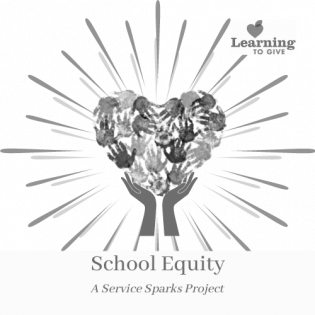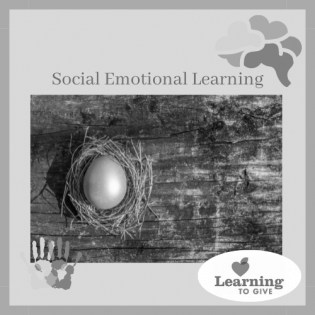Ignite meaningful action that lights up the world through "Service Sparks" youth projects! Youth identify inequalities in policies and practices and learn the processes by which young people can freely express concerns in their learning environment.
Filter by subjects:
Filter by grades:
Filter by audience:
Filter by issue area:
Filter by content type:
Filter by resource type:
resource search
Groups analyze and define the concept of community. They identify the benefits and sacrifices involved in actions for the common good in their role as citizens.
Junkanoo is a Bahamian Festival that takes place in December. The festival was started by slaves who were restoring some of their native customs that they left behind in Africa. Junkanoo is a nice example of artistic expression communicating aspects of a...
In this lesson, participants read quotes and background on European Americans that exemplify their giving traditions. They listen and summarize passages, and then illustrate one person's view or experience and place the illustration and quote on a classroom...
We are made by history. In this activity, youth read the stories of philanthropic African Americans and influential related events that made America what it is today. Then they create a virtual Pop-Up Museum as an advocacy service project in which they tell stories of Black history and philanthropy.
We are introduced to The Group of Seven, a group of artists whose intent was to establish a national identity, a sense of pride and an original style for Canada, inspired by the environment. This was a philanthropic endeavor for the common good of all. Participants create similar...
In this lesson, groups work together to make their headdresses based on a common design. Each person makes their own headdress that fits the group theme but has their own style or cultural uniqueness. The groups compete against each other, so the group...
This activity encourages youth to discuss the power of privilege. Participants will understand how their perspectives, identity, and values influence their decisions in this activity. They will also understand that privileges are social constructs, A social construct is something that exists not in reality, but as a result of human interaction. It exists because humans agree that it exists.
In this lesson, youth become aware and gain empathy for the discrimination people experience because of their race, age, gender, and other reasons. The group discusses ways to be inclusive. A Mix it Up Day changes our familiar boundaries and helps us connect to new people.
Youth reflect on the lessons they have learned through building cultural competence in this unit. They identify an adult they trust to have critical, or difficult, conversations.

